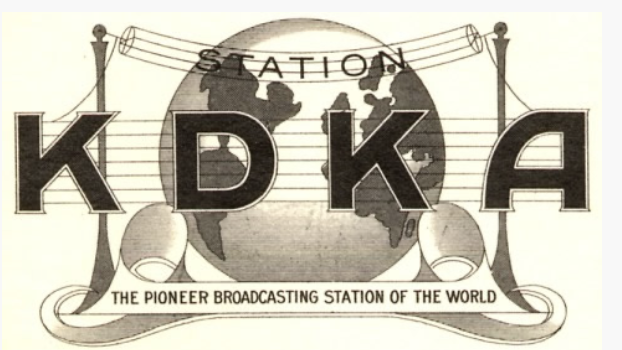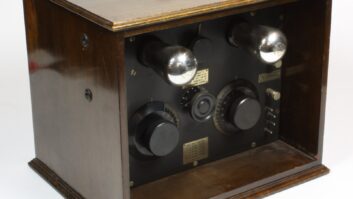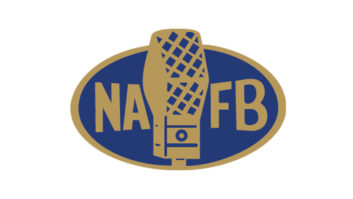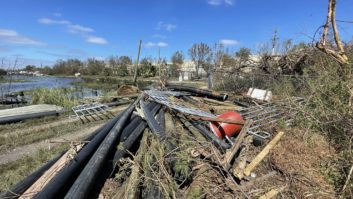A long-imagined dream of building a museum honoring broadcasting and electronic media has just taken another step forward.
Plans are in the works for the creation of the National Museum of Broadcasting in Pittsburgh that will explore the timeline of electronic media, from its humble beginnings in AM radio all the way to our modern era of streaming and social. The city of Pittsburgh was selected for its stamp on broadcasting history: Station KDKA(AM) began broadcasting from the Steel City more than 103 years ago. Though radio historians debate its claim to be the first commercial station, its success marked an important new chapter and expansion of radio broadcasting service, and its launch was the marker against which the radio industry celebrated its centennial in 2020.
“[Our museum] will be an experience to show how electronic media began and evolved in immersive and interactive ways,” said Bill Hillgrove, Pittsburgh broadcaster and president of the museum board of directors. The National Museum of Broadcasting is a nonprofit organization dedicated to the preservation of radio and television and related broadcast and electronic industries.
The museum will include artifacts and tell stories through vintage equipment like products used during the early days at KDKA, and illustrate how the industry has evolved by highlighting the use of radio, television and media technology through the decades. The museum also intends to have in-house radio/podcasting and video production facilities where students can learn media, production and technical skills.

Individuals connected to the museum have been collecting devices and media that illustrate the history of broadcasting for more than 25 years, according to the museum’s website, including an unusual piece of architecture: the original workshop/garage of Frank Conrad, the amateur broadcaster and Westinghouse engineer who was primarily responsible for putting KDKA on the air.
One of the museum’s early goals is to retrieve the dismantled garage out of storage and reconstruct it adjacent to the center’s main building as a testament to Conrad’s contributions to radio. With only a seventh-grade education, the museum’s website said, Conrad is nonetheless credited with building a station that triggered a media revolution.
Construction of the museum is expected to take several years but Hillgrove and the board credited the support of Pennsylvania State Sen. Jay Costa and the Regional Industrial Development Corp. They are helping to raise the millions of dollars it will take to construct and develop it.
The museum is hoping to acquire a former Westinghouse Electric and Manufacturing location upon which the original KDKA radio studios was built atop the roof. The vacant building has 10,000 square feet of usable space and is in a location that makes it an ideal spot, Costa said. A historic marker was recently unveiled to memorialize the site.
“This former bank building is several hundred feet from where the first broadcast took place at the former Westinghouse building,” Rick Harris, museum board secretary and treasurer, told Pittsburgh Magazine earlier this year. “I think this is an appropriate place to have the museum since it’s so close to the original site.” The board is in the midst of another round of fundraising from public and private sources in an effort to formally lease the building.












